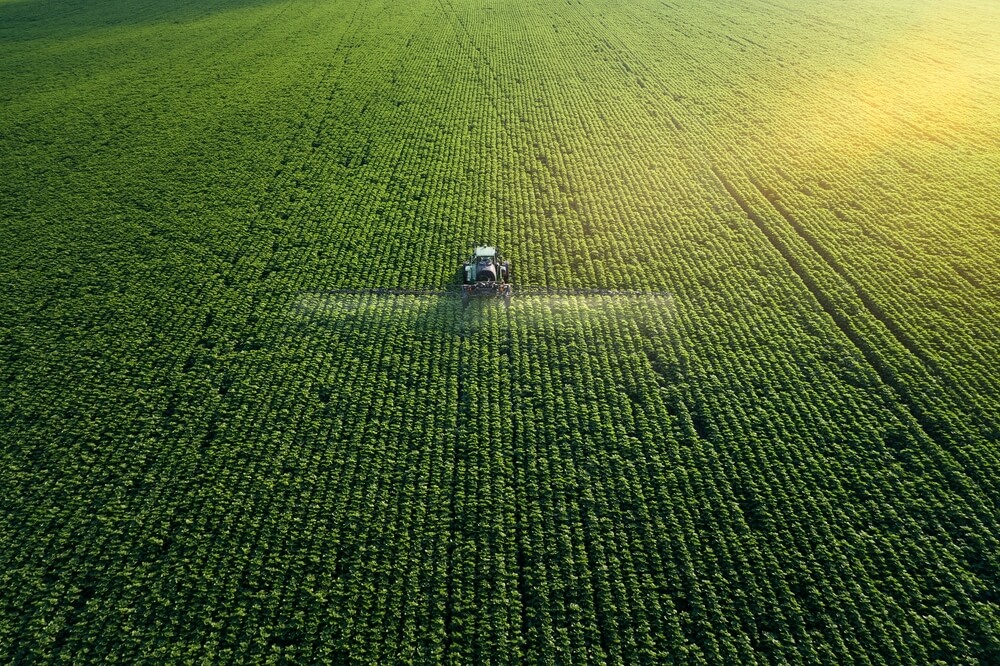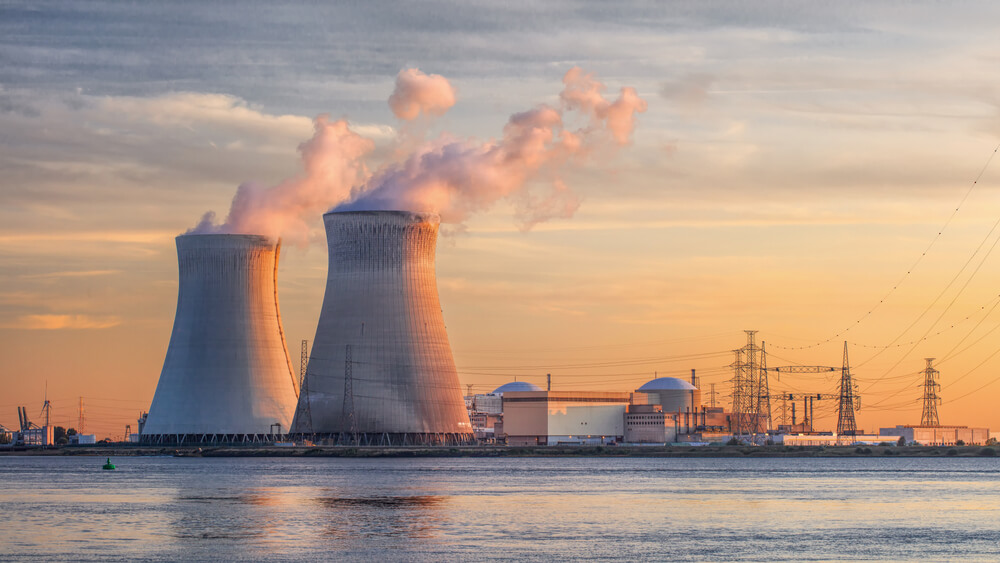Blog
These industries are the biggest water polluters: what are the causes and what can we do?
It might seem that water is abundant on our blue planet. However, when it comes to drinking water, the figures are nowhere near as optimistic.

Fresh water, which is vital to life, is just 3% of all the water on Earth and most of it is locked up in glaciers, soil or atmosphere. This means that we only have 0,5% of the earth's fresh water available.
As a result, up to two-thirds of the world's population lives in areas experiencing problems with access to drinking water.
The Anglo-American poet W. H. Auden once said: “Thousands have lived without love, not one without water.” And even though we all realise that water is essential to our lives, we destroy it anyway.
Globally, over 80% of wastewater is released to the environment without adequate treatment, polluting rivers, lakes and oceans.
In order to gain an insight into the issue, we have summarised the industries that contribute the most to water pollution
Which industries waste the most water?
Agriculture
Agriculture uses up to 70% of the world's freshwater (20% is used by industry) and is one of its biggest polluters.
The most water-intensive crops are wheat, maize, rice, cotton and sugarcane. Some types of nuts are also a problem. Up to 74% of irrigated nuts are grown in water-stressed regions such as India, China and Pakistan.

The main sources of water pollution in agriculture are fertilisers and insecticides. They break down under intensive irrigation and are simply washed away into watercourses by rain.
If pesticides enter drinking water during the food cycle, they can cause health problems, e.g. they irritate the skin, the eyes, affect the nervous system and even cause cancer.
The worst part is that pesticides remain in the soil for many years. They dissolve easily in water, increasing their concentrations.
How can we change it? First of all, farmers should not place waste near water sources and they must reduce the amount of pesticides or use only those that have the least impact on water quality.
Countries should incentivise citizens to buy organic food with the smallest possible environmental footprint.
Naturally, everyone can contribute in some way. For example, by moderating the consumption of foods with a drastic environmental impact (beef, chicken, asparagus or sugar) or by not wasting food.
Fashion industry
The fashion industry is one of the biggest polluters of the environment ever. It produces around 92 million tonnes of waste annually, i.e. around 4% of the 2.12 billion tonnes generated by humanity on the planet.
This is more than the amount of waste from consumer electronics and twice as much as the food thrown away by supermarkets. Most of the waste comes from the process of cutting and sewing textiles.
Water is polluted throughout the entire production chain. It starts with the runoff of fertilisers from cotton plantations into nearby lakes and rivers, continues through the dyeing of clothes with toxic chemicals and ends with the use of the product when washing releases fibres and dyes into the wastewater.
In addition, the fashion industry has a huge water footprint, consuming around 79 billion cubic metres of water per year, which would be enough to fill 32 million Olympic swimming pools.
When you break it down, it takes approximately 7,000 litres of water to produce one pair of jeans. The same amount a person drinks in five to six years. It takes 2,700 litres of water to make a T-shirt, enough to keep a person thirsty for almost three years.
How can we change that? Consumers need to focus on producers with sustainable production.
In addition, it is important that people gradually change their consumption habits. Ideally, buy more clothes made from recycled materials, repair clothes instead of throwing them out, and do not buy new things if you do not really need them.
Energy sector
Approximately 52 billion cubic metres of fresh water is consumed annually for global energy production.
This considerable amount of water comes mainly from the cooling process in thermal and nuclear power plants.

Fossil fuels and waste from nuclear power plants pose a serious threat to groundwater and surface water.
Also, a large share of the water is also used to grow bioenergy crops such as sugar cane and rapeseed. These are then turned into ethanol or biodiesel and used as biofuels.
This is another reason to accelerate the transition to renewable energy sources like wind and solar.
Construction and mining industry
The construction industry is not often on the environmentalists' radar but although it is often overlooked, 40% of freshwater pollution can be attributed to buildings.
Every single building has an impact on the environment from the materials we choose, to the technologies we use, and the sites we build.
For example, it takes more than 5,100 litres of water just to produce a single tonne of cement, and a staggering 235,000 litres to produce a tonne of steel. 20 litres is required to produce a single board of lumber.
Obviously, it is neither realistic nor desirable to stop all construction or economic activity, but we can try to balance our impact on the environment by taking well-thought measures, e.g. by the construction of green buildings, sophisticated water management or efficient wastewater treatment using the latest technologies.
Contact our Hydrotech experts and we will be happy to help you with the construction of a new or renovation of an existing wastewater treatment plant.
More articles
Beginning of the construction of a new wastewater treatment plant in the Russian federation
Another project arises from paper form and is becoming a reality. Wastewater treatment plant in the southwest of The Russian Federation is in a...
10 countries that are proud because of the cleanest water in the world
On the Earth there are several countries that are extremely aware on the cleanliness of their water resources. Lets take their approach as a...
How to deal with highly polluted wastewater in starch industry
Read how Hydrotech engineers have designed the process of anaerobic purification of starch wastewater.
